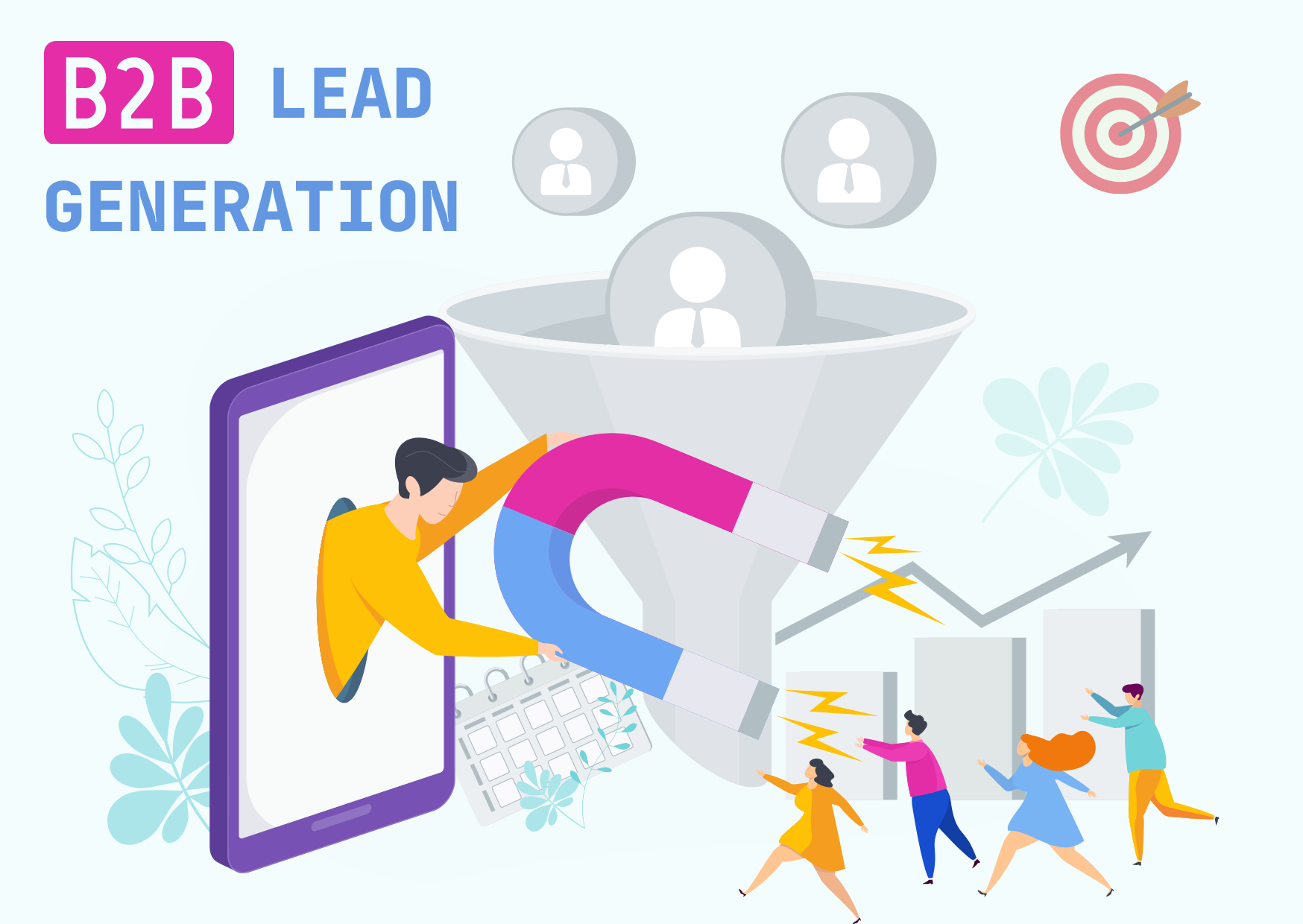Corporate sales is often seen as the dark and scary side of marketing. It’s also the side of marketing that most people in creative roles would rather not think about. However, effective corporate sales is crucial to the success of any company, no matter its size or field of business.
From small independent businesses to large corporations, every company needs effective corporate sales strategies in place to succeed. Without these essential methods, a business risks stagnating and falling behind competitors who understand how to effectively sell their products at an enterprise level.
Read on to discover what is corporate sales and how to be an expert in it.
What is Corporate Sales?
Corporate sales is a specialized field of sales that focuses on selling to companies. Corporate sales professionals sell products and services directly to businesses, usually in bulk.
The term “corporate” can be used interchangeably with the terms “business-to-business” (B2B) or “enterprise,” both of which describe transactions between two businesses rather than between an individual consumer and a business.
How to be an expert in Corporate Sales?
Here are some techniques or tactics that you can implement to be an expert in corporate sales:
Know your product
Before you can sell, you have to know your product. Knowing your product inside and out is absolutely essential to being successful in sales.
You need to know the features, benefits, and selling points of the product or service that you’re selling; the competition (including their strengths and weaknesses); price; target audience; distribution channels for getting products into stores or onto websites; marketing strategy for launching new products or services.
It’s always best to have all of your knowledge at hand so that if someone asks a question about something specific (like pricing). Then they won’t catch on that they’re talking with someone who doesn’t really know what he’s talking about!
Build a strong database
One of the biggest mistakes that businesses make when they’re looking to grow their sales is not having a strong database.
It’s important to take the time to build a list of contacts, especially if you have a new business or aren’t sure who your customer base is just yet. One way to do this is by using social media sites like LinkedIn as well as newsletters and blogs.
Start cold calling
You can’t make a sale without a prospect. You can’t get a prospect without cold calling. If you’re new to sales, it can be a daunting task. But it’s also a very effective way to generate leads and grow your business.
Cold calling is the most effective way to build your sales pipeline and generate revenue. If you want to be an effective salesperson, you must be willing to make cold calls. It is all about getting through to decision makers and getting them interested in what you have to offer.
Schedule appointments
Waiting for the customer to call you isn’t the best way to close a sale. Instead, you should call them and schedule an appointment. Customer will be more likely to buy from you if they know that they will have time with you or your product/service before committing to anything.
An easy way to make this happen? Set aside 10 minutes on your calendar every day (or whatever “X” number of days) for appointments. If a customer calls in and wants an appointment, ask them when works best for them and set it up immediately – even if it’s just 30 minutes later in the week! Then hit send on your email confirming their appointment time as soon as possible so that neither one of you forgets about it later on down the road.
Probing
Probing is a crucial part of the sales process. You should be asking questions to get to know your customer, understand their needs, and understand their pain points.
Get to know the customer:
There are so many ways that you can learn about your customers that it can be daunting at first. If someone tells you how they’re using your product or service then ask them if there’s anything else that they’d like to do with it or any other features or changes that would make it more useful for them? If not, ask what else does this person do for work (if applicable) and how does this product fit into their workflow?
Keep your pitch ready
In sales, there is no such thing as “one size fits all.” You have to tailor your pitch to each client and situation.
As a corporate salesperson, you need to be able to pitch your products and services with ease. You need to know how to answer questions about your company and its products. And, most importantly, you must always be ready for any objections that may arise during the sales process.
Take regular follow-ups
Follow-up is the best thing to do with your prospects. If you have made an important point and have been able to leave a positive impression, then it’s time for follow-up. You should always keep in touch with them to know about their progress or any other queries that they may have.
Your customers are equally important, so don’t forget to keep following up with them as well. Try sending them newsletters or emails regularly so that they stay updated on all your products and services, thus making it easier for you to sell more of your product/service in the future.
Closing the sale
Closing the sale is the most important part of your sales process. A successful close can make your entire day.
It’s not just about getting a customer to say yes and hand over their money. It’s about building a relationship with them so they’ll want to come back again, tell their friends and colleagues about you, and refer business to you.
The best closers know how to position themselves as an asset to the buyer, rather than just another vendor. They get in front of the decision maker early on in the process, often before they have all their information. And they’re able to ask great questions that help them understand what is most important to buyers at this stage in their buying process.
After sales
After sales is all about increasing customer retention and loyalty by providing excellent customer service. It’s about going above and beyond for customers, making them feel valued and appreciated, helping them solve problems or issues with their products and services, and ensuring they’re happy with their experience with your brand.
Final Thoughts
So, there you have it: some of the most effective tips for generating sales with corporate customers. Remember that these tips are just a starting point; there’s no magic formula that will work every time.
You need to know your product inside and out, know what makes your audience tick so they buy into what you’re selling. Build relationships with people in your industry who will help spread word-of-mouth advertising, and keep track of all this information so that everything fits together nicely when making a pitch.
B2b Sales
B2b Sales Strategy
Corporate Sales
How To Boost Corporate Sales
What Is Corporate Sales


